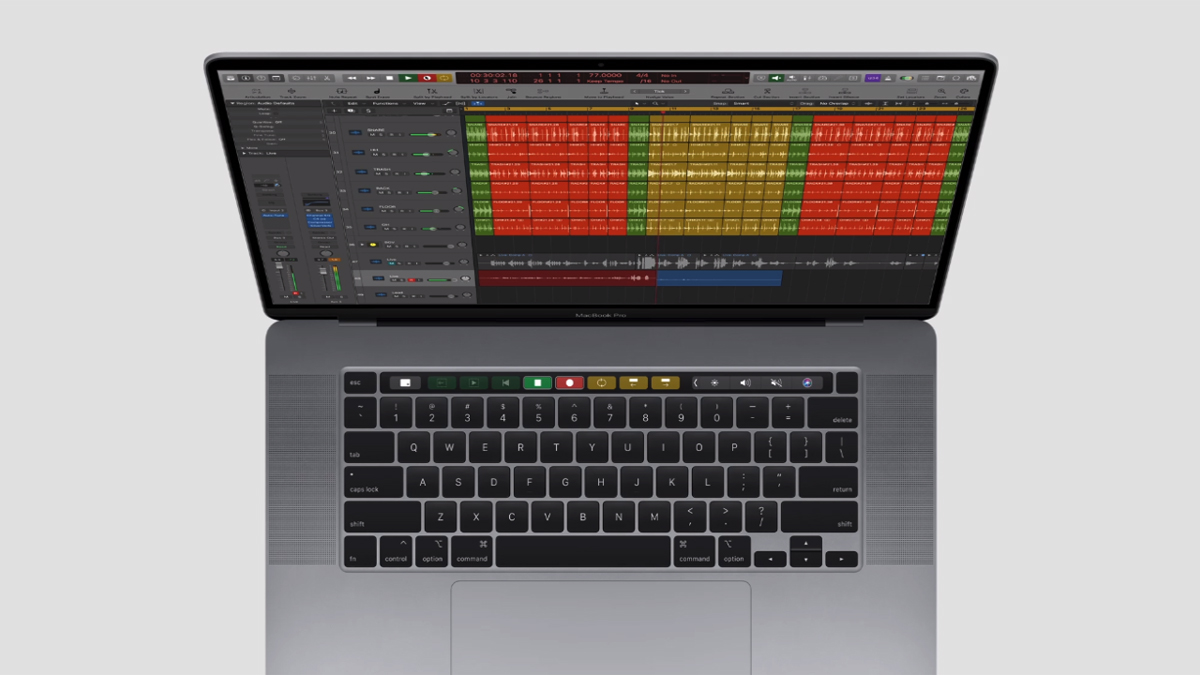Apple’s new 16-inch MacBook Pro promises to run twice as many plugins as the 15-inch model
Say hello to “the most powerful MacBook Pro ever”

Apple has unveiled a new 16-inch MacBook Pro, calling it “the most powerful MacBook Pro ever”. What’s more, its Retina display is the largest yet seen on a notebook.
You can choose from 6- and 8-core processors, with Turbo Boost speeds up to 5.0GHz, and up to 64GB RAM. Apple claims that, in Logic Pro X, this enables you to run up to 2.1 times more Amp Designer plugins in a multitrack studio project than on the previous-generation quad-core 15-inch model.
The display, meanwhile, offers 3072 x 1920 resolution and pixel density of 226ppi. There’s also a new Magic Keyboard; the refined scissor mechanism promises 1mm of travel and a “stable key feel” while the typing experience is said to be “satisfying and quiet”. What’s more, Apple has brought back the physical Escape key.
- The best MacBook Pro deals online right now
- MacBook Pro vs Dell XPS 13: which is the right music laptop for you?
Elsewhere, the new thermal architecture is designed to enable the 16-inch MacBook Pro to run at higher power for sustained periods of time, and there’s “next-generation” graphics performance. 1TB of solid state storage comes as standard, and you can spec this up to a whopping 8TB if you’re prepared to pay for it.
On the audio front, you get a redesigned 6-speaker sound system, while Apple claims that the upgraded built-in mic has a signal-to-noise ratio that rivals that of pro-grade digital microphones. Power is supplied by a 100Wh battery - the largest ever in a Mac notebook, apparently.
The 16-inch MacBook Pro can be ordered from today, with prices starting at $2,399/£2,799. Find out more on the Apple website.
Get the MusicRadar Newsletter
Want all the hottest music and gear news, reviews, deals, features and more, direct to your inbox? Sign up here.



I’m the Deputy Editor of MusicRadar, having worked on the site since its launch in 2007. I previously spent eight years working on our sister magazine, Computer Music. I’ve been playing the piano, gigging in bands and failing to finish tracks at home for more than 30 years, 24 of which I’ve also spent writing about music and the ever-changing technology used to make it.









